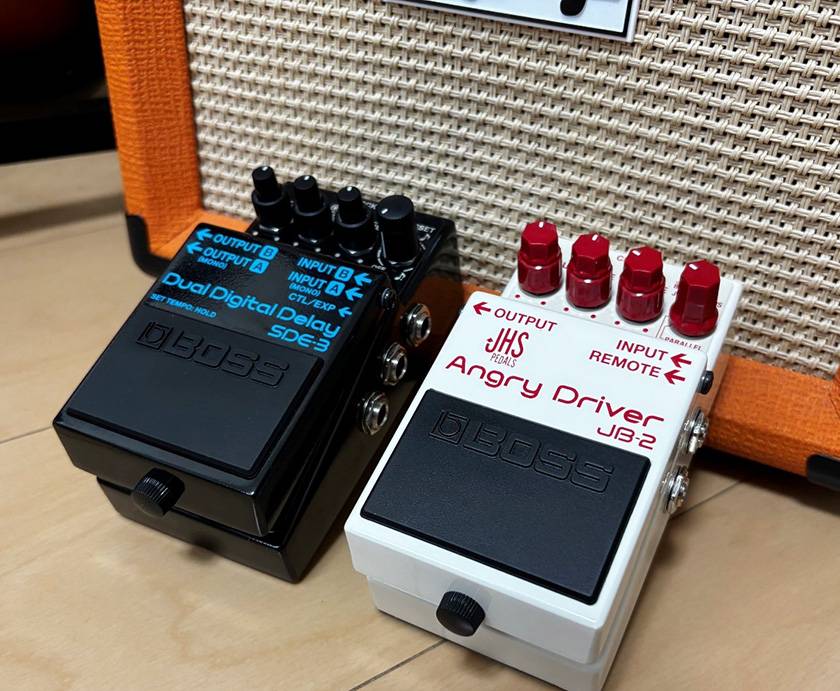
The other day, a representative from ROLAND kindly offered, “Would you be interested in reviewing some BOSS products? I’d be happy to lend you a few.” I was genuinely touched and I was so glad to be in charge of effects pedals! All that hard work has paid off (lol).
So this time, I borrowed two models that I have been curious about for quite some time: the JB-2 and SDE-3. Don’t they give off a seasoned pro vibe just by being on a pedalboard? You just know they’re going to sound amazing. After actually trying them out—my instincts were spot on! They were awesome! I’ll share my impressions of each, and I hope they’ll help you in choosing your next effects pedal!
JB-2 Angry Driver
Let’s start with the JB-2.
Distortion pedals are the stars of the effects pedal world—and also the deepest rabbit hole you will ever fall into. Among them, I think this one represents a kind of ideal form!
This pedal is the result of a collaboration between BOSS and JHS Pedals, combining two legendary pedals in a single enclosure: the globally recognized BOSS BD-2 and JHS’s flagship distortion, the Angry Charlie.
You can turn either side on independently, run them in series, or even blend them in parallel. Needless to say, the tonal versatility is massive—but even just having these two pedals in one unit and being able to freely combine them already guarantees great sound.
It features three dual-concentric knobs, allowing you to control the LEVEL, TONE, and GAIN for both the Angry Charlie and the BD-2 from a single knob each. The far-right knob is used to switch between modes.
There are six different modes available, and I’ll summarize my impressions of each as I try them out.
JHS Mode
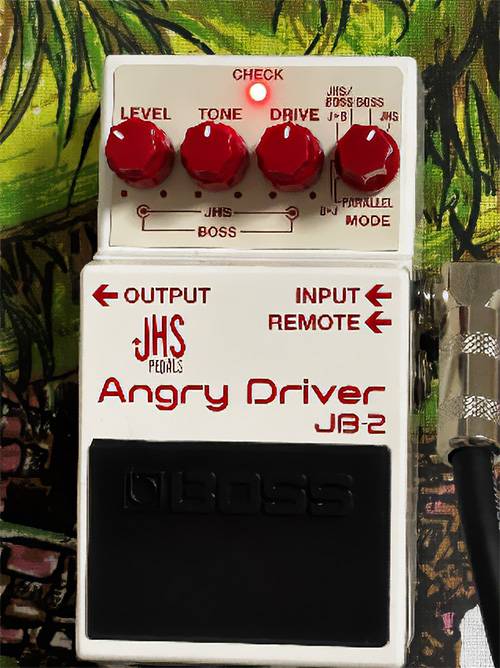
This is a high-gain distortion based on the Angry Charlie. It offers solid saturation with a tight, articulate response. It’s very much like the satisfying distortion you get from cranked Marshall amps. If you're looking to dial in a great lead tone, this mode is the perfect fit.
By the way, the LED lights up red, which is a nod to the Angry Charlie’s signature look.
BOSS Mode
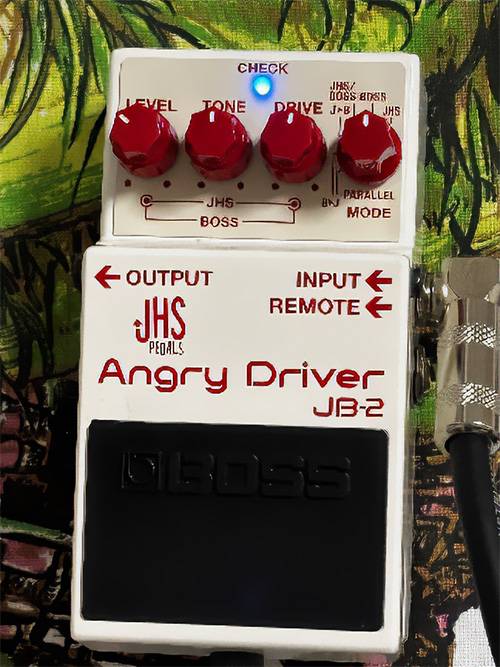
This is an overdrive based on the classic BD-2. Personally, I’ve loved the BD-2 since I started playing electric guitar. It's one of those pedals that I’ve always kept on, so naturally, I felt right at home with this mode.
It really shines when you set the GAIN just enough to vary from clean to crunchy tones depending on your picking dynamics. It works beautifully with my Jazzmaster (though really, it sounds great with any guitar).
The LED for this mode is blue and it’s a perfect match for the Blues Driver!
JHS/BOSS Mode
This mode lets you switch between the JHS and BOSS circuits. You can, for example, leave it set on the BD-2 for most of a song and then easily switch to the Angry Charlie for a specific par right from your foot. It feels very practical and performance-oriented.
J>B Mode
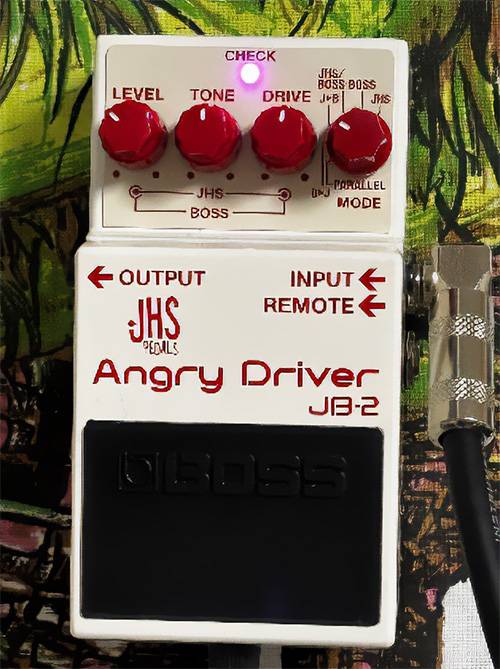
This is a mode where the signal runs from JHS → BOSS. Personally, this was the most surprising mode!
Traditionally, many players stack drive pedals in the order of overdrive → distortion—and I’ve always done that myself using a low-gain BD-2 first, then stacking more gain afterward. But this mode flips that order, putting distortion first and then the BD-2 after it.
At first, it might feel a bit strange or off, but that unusual chain creates a kind of magic—similar to the odd-but-cool vibe you get when you put reverb before distortion. There's a certain unpredictability to it that feels fresh and inspiring.
Normally, experimenting with this kind of routing would mean rearranging your entire pedalboard, so having it as a built-in mode is a real treat. Not only is it convenient, but it also opens up new sonic discoveries. This mode gave me a completely new tonal experience and helped broaden my perspective on tone crafting.
It delivers a super powerful, fizzy, electrifying distortion that’s absolutely amazing! Pair it with some shoegaze-style rhythm playing and you’ll feel like a full-on alt-rock guitar hero (lol). For those who vibe with this kind of sound, this mode guarantees perfect distortion.
By the way, as with the other dual-mode settings, when both circuits are active at the same time, the LED lights up purple. Pretty rare and super cool, right? Speaking of purple and shoegaze, the legendary album Loveless immediately comes to mind. If you’re into that ‘90s alt-rock vibe, this sound will absolutely hit the spot.
Definitely give it a try—you won’t regret it!
B>J Mode
This mode connects the pedals in the order of BOSS → JHS, and honestly, it delivers a distortion that just feels reliably solid. Compared to the J > B mode, this one has a more defined attack and maintains the clarity of the original tone while still producing a thick, powerful distortion.
It’s a highly versatile sound that works great across genres—from Japanese rock-style lead tones to high-gain tones closer to hard rock. A really well-rounded and dependable setting that’s perfect for players who want flexibility without compromising on tone.
PARALLEL Mode
As the name suggests, this mode lets you run the JHS and BOSS circuits in parallel. It’s a distortion mode that feels super usable and flexible. Imagine combining the best qualities of both pedals into one cohesive sound—it almost works like a clean booster and it gives your tone a solid push and adds power and presence without losing clarity. (I don’t usually build tones with parallel distortion, so my apologies if that’s off the mark!)
Personally, I could see myself using this as a kind of clean boost for standout phrases—something to lift the dynamics and make a moment really pop.
Here’s a fun idea: dial in your favorite sounds on each pedal individually, then flip into PARALLEL mode—and boom! You’ve got your own unique distortion that blends the strengths of both circuits. It’s like combining two “favorite” tones into one killer sound.
After going through all the modes on the JB-2, it’s definitely clear that a pedal that covers this much sonic ground, while staying intuitive and easy to use even for beginners, is BOSS at its finest. The sound quality is top-tier, making this not only a pro-level tool but also an amazing first distortion pedal for anyone just starting out.
SDE-3 Dual Digital Delay
Next up, let’s talk about the SDE-3!
This pedal is a compact powerhouse that captures the essence of the legendary Roland SDE-3000—a digital delay known for its crystal-clear sound with a musical warmth. The SDE-3 brings that classic tone into a modern, compact form that’s easy to slot into any pedalboard. On top of that, it introduces an OFFSET function, which allows for creating spacious, layered delay textures that a single standard delay just can’t do.
First of all—the look. That black and turquoise color combo? Super sleek. It gives off this futuristic vibe while still keeping that classic BOSS reliability. It’s definitely a pedal on your board that’ll definitely turn heads!
The controls on the SDE-3 feature three two-axis knobs and one OFFSET knob. The top row of the two-axis knobs lets you adjust the LEVEL, FEEDBACK, and TIME, which are the basic controls for any delay pedal. The lower row allows you to adjust DEPTH, RATE, and HI CUT.
Although I haven't had the experience of playing the SDE-3000, I can only share my thoughts based on my experience with the SDE-3. All I have to say is that it stands out from your regular digital delay pedals. The warmth and unique modulation it offers are truly captivating. The DEPTH and RATE controls have a wide range of effects, allowing you to shape everything from a clean, straightforward delay to a complex, dynamic modulation.
The HI CUT knob is particularly interesting because it lets you dial in a lo-fi, warm, and nostalgic feel as you turn it to the right. My favorite setting was when I dialed back the DEPTH and RATE while turning up the HI CUT for a mellow, modulated delay sound. It’s the perfect balance of warmth and subtle movement.
Also, playing around with the feedback and modulation to create oscillations was super fun. With such unique DEPTH and RATE controls, it felt like I could easily create a whole track just by tweaking the knobs to produce feedback!
This pedal offers a truly unique sound that you won't easily find in other delay units, and I now understand why the SDE-3000 is considered a legendary piece of equipment.
And let's not forget the OFFSET function!
This feature allows you to add a secondary delay sound to the main delay, and it’s incredibly fun to play with! It lets you create doubling effects or construct rhythmic, complex delays like "tat tata- tat tata" patterns, which can really stimulate creativity and inspire new ideas. What's great is that it’s easy to adjust directly from the pedal, so even players like me—who are more accustomed to analog gear and less familiar with digital equipment—can feel comfortable using it. It’s one of those features that’s hard to describe fully with words, so I highly recommend checking out the official video to hear the sound for yourself! (laughs)
The SDE-3 also supports stereo output, offering excellent versatility. Depending on your settings, you can create a panning delay where the delay sound alternates between two outputs, output wet sound from OUTPUT A and dry sound from OUTPUT B, or even mute the dry signal completely.
Additionally, by holding down the pedal, you can switch to tap tempo mode. It also supports external footswitches and expression pedals for more control. Plus, it has an MIDI IN port for timing clock reception, adding even more functionality.
In short, this is a highly versatile, modern, and feature-packed pedal. With the right ideas, it seems like it could be used in an endless amount of ways!
That’s all for today’s review of the BOSS JB-2 and SDE-3! Both pedals have their own unique qualities and I really feel that they are high-quality effects. As expected from the reliable and trusted BOSS compact effects, they deliver fantastic sound and performance. Be sure to check them out for yourself—I am certain that you will be very impressed!





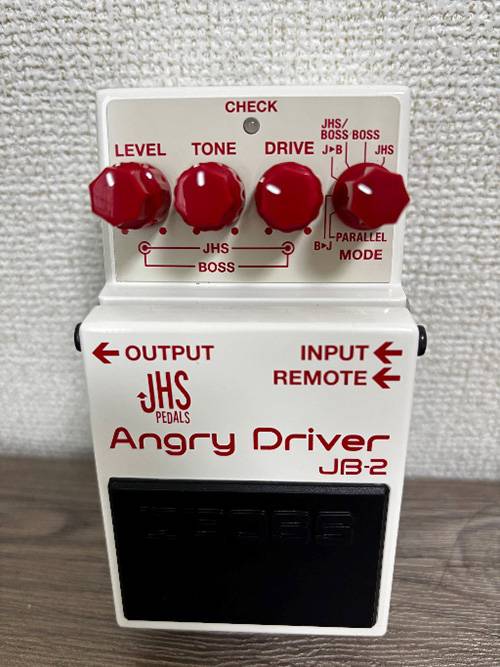
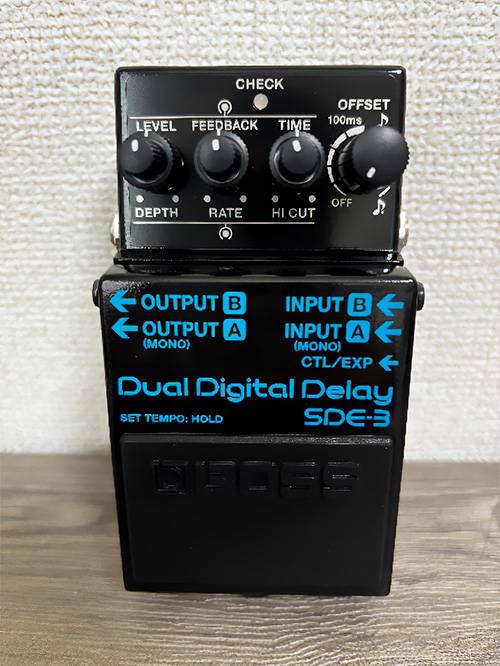

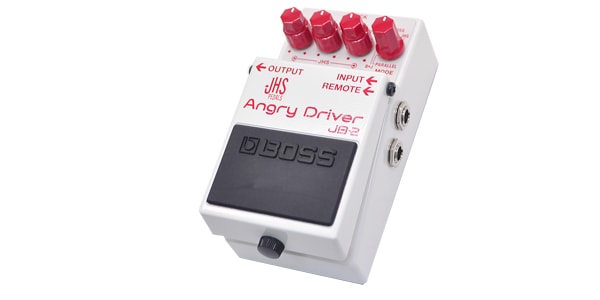
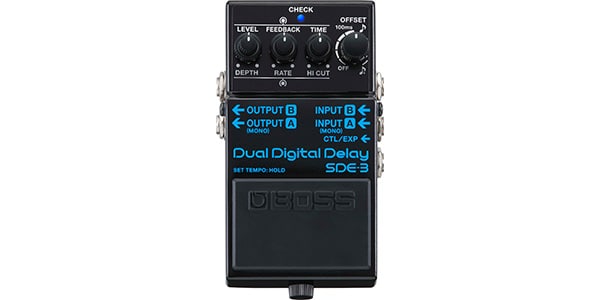
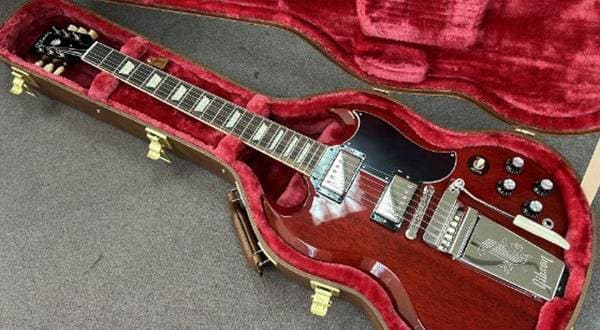
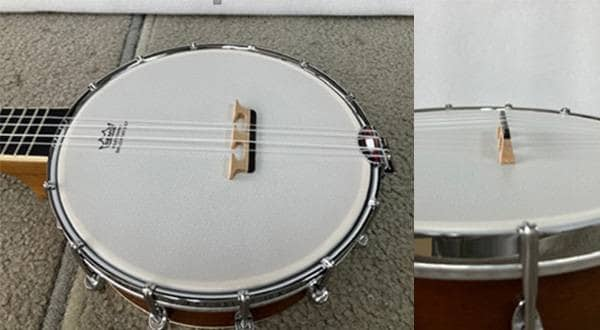
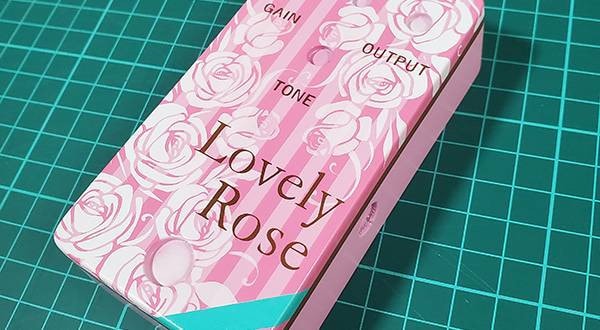
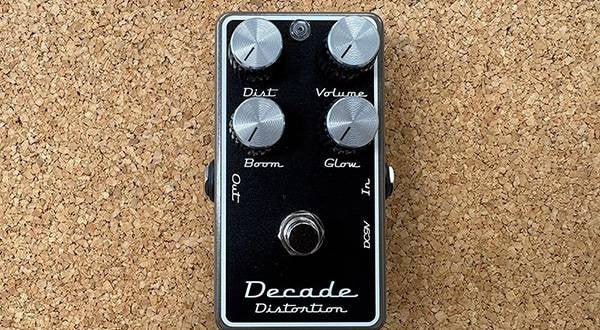
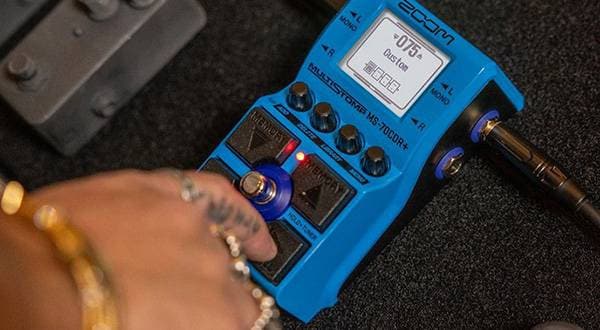
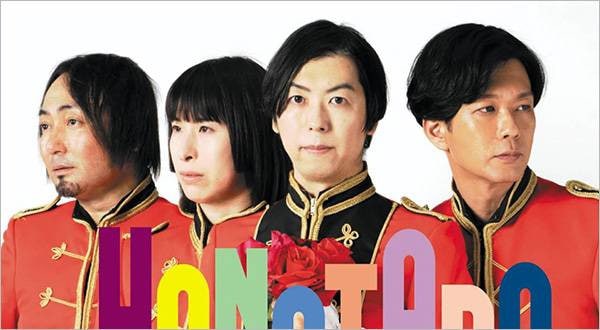
![[BOSS MT-2] Complete Guide to Using This Pedal!](/contents/uploads/thumbs/5/2024/11/20241101_5_29284_1.jpg)

![[Latest for 2025] 5 Recommended Guitar Multi-Effects Pedals for Beginners](/contents/uploads/thumbs/2/2023/7/20230719_2_23355_1.jpg)
![[Beginner Guitar Talk] How to use the BOSS SD-1 distortion effector](/contents/uploads/thumbs/5/2020/6/20200629_5_10440_1.jpg)
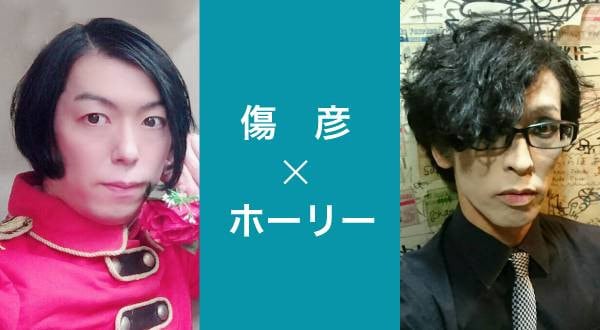
 BOSS GXシリーズ 特集
BOSS GXシリーズ 特集
 BOSS MIDIケーブルで広がるパフォーマンスの世界
BOSS MIDIケーブルで広がるパフォーマンスの世界
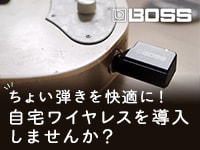 BOSS ワイヤレス特集
BOSS ワイヤレス特集
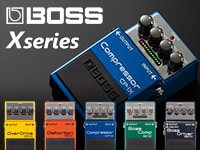 BOSS Xシリーズ
BOSS Xシリーズ
 BOSS ブランドページ
BOSS ブランドページ
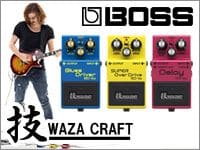 BOSS「技-WAZA CRAFT-」
BOSS「技-WAZA CRAFT-」















